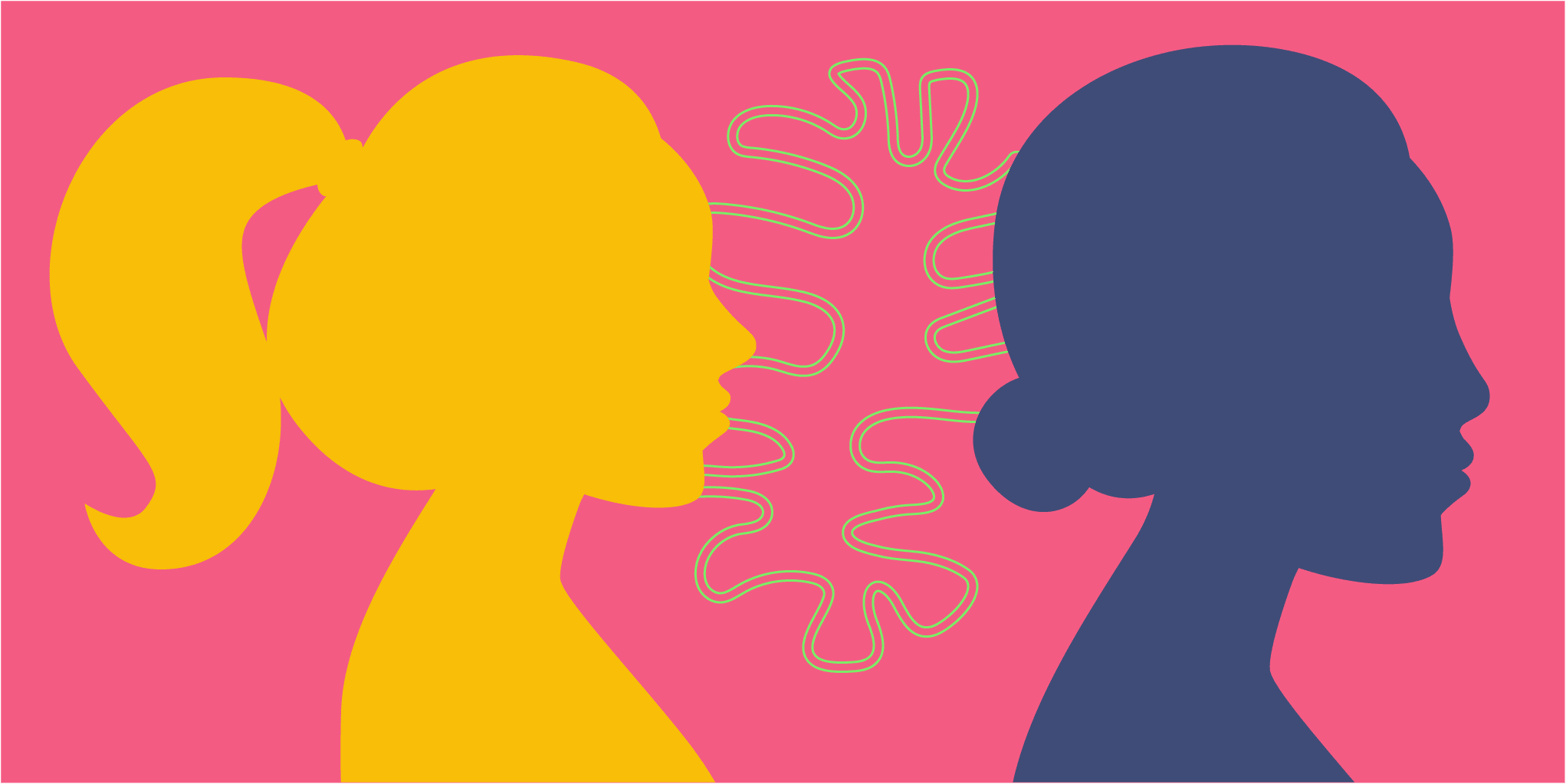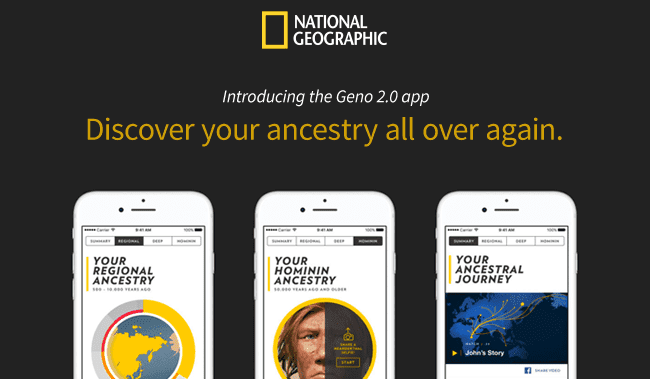How Mom’s DNA helps tell the story of your ancestry

There is something profound in learning about your ancestors. Though you may not know them personally, there is a deep sense of connection when you know that these people—people whose DNA sequences resembled yours—walked the earth thousands of years ago. Imagine the things they’ve seen and the stories they could tell! We can’t know everything about their lives, but we can learn a lot about them with the help of DNA. With Mother’s Day just around the corner, it’s a good time to tap into your own DNA and learn about those ancient moms whose journey lead to you.
DNA sequencing can give us a unique window into the past by showing us where our ancestors may have lived and what migration routes they likely used. Based on patterns in the DNA, researchers can trace a person’s ancestry back hundreds of thousands of years. One of the ways they do this is by looking at mitochondrial DNA.
Mitochondria are tiny, organ-like structures inside most of our cells. They’re famously known as the “powerhouses” of the cell because their primary job is to produce the energy that a cell needs in order to function—much like a power plant providing electricity to a city. Significant to ancestry, mitochondria are actually the ancient descendants of bacteria that entered into a symbiotic relationship with our primitive ancestors about 1.5 billion years ago. Because they were once independent organisms, mitochondria have their own DNA inside them which is physically separate from the rest of your genome!
Like the rest of your DNA, mitochondrial DNA is passed from generation to generation. But during fertilization, only the mitochondria from the mother’s egg will survive and contribute to embryo development—meaning mitochondrial DNA is inherited strictly from your maternal lineage1. By focusing in on your mitochondrial DNA, researchers can then help you learn about your deep maternal ancestry.
Similar to the rest of your DNA, mitochondrial DNA can accumulate variants in its sequence over time. After thousands of years, patterns arise which are common to a specific region of the world. By exploring the unique combination of patterns in your mitochondrial DNA, you can learn about where your ancient grandmothers likely lived thousands of years ago. In fact, researchers studying mitochondrial DNA have found evidence to suggest that all modern humans are descended from a common female ancestor who lived nearly 200,000 years ago2-4.
From all of us at Helix, have a happy Mother’s Day! If you (and Mom!) are curious about your mitochondrial ancestry, be sure check out Geno 2.0 from National Geographic, which helps you dive into your deep past.

1Stewart, James B., and Nils-Göran Larsson. “Keeping mtDNA in Shape between Generations.” Ed. Carlos T. Moraes. PLoS Genetics 10.10 (2014): e1004670. PMC. Web. 3 Jan. 2018.
2Kivisild, Toomas. “Maternal Ancestry and Population History from Whole Mitochondrial Genomes.” Investigative Genetics 6 (2015): 3. PMC. Web. 3 Jan. 2018.
3Howell, N, et al. “Molecular clock debate: Time dependency of molecular rate estimates for mtDNA: this is not the time for wishful thinking.” Heredity, vol. 101, no. 2, Apr. 2008, pp. 107–108., doi:10.1038/hdy.2008.52. Web. 3 Jan. 2018.
4Cann, Rebecca L. “Mitochondrial DNA and human evolution.” Origins of the Human Brain, Nov. 1996, pp. 127–135., doi:10.1093/acprof:oso/9780198523901.003.0008. Web. 3 Jan. 2018.